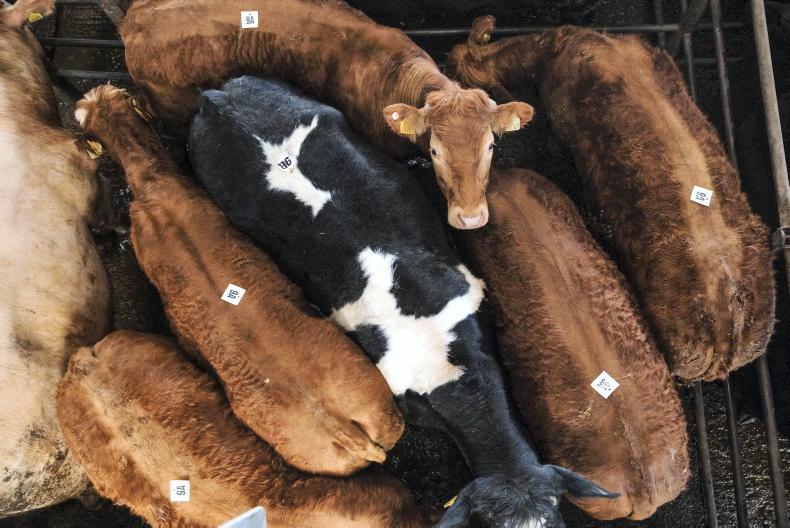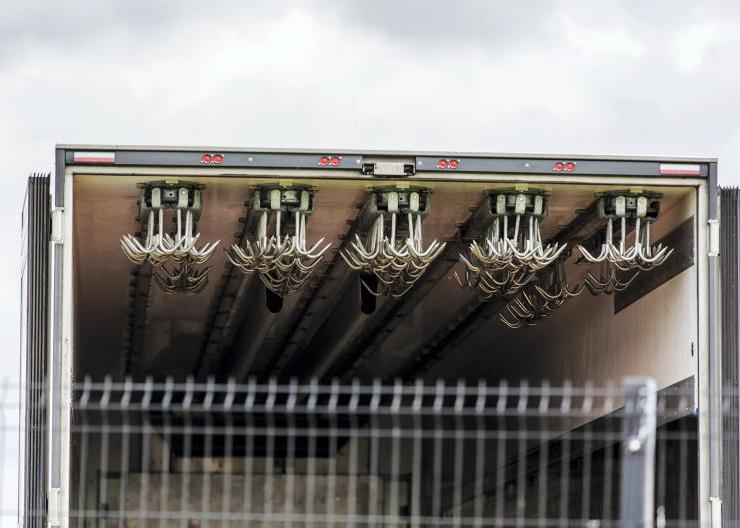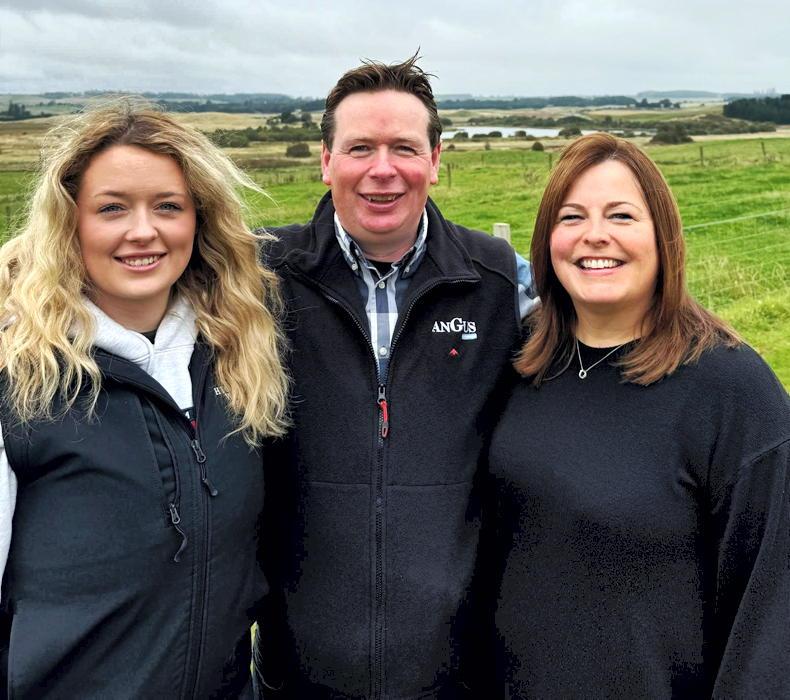Calf quality and CBV
There was plenty of talk about calf quality at the IGA dairy conference this week. ICBF’s Margaret Kelleher presented results for 2024 which showed more beef sired calves born from the dairy herd than ever before.
It’s fine having beef sired calves, but a poor beef calf can often leave less opportunity for a beef farmer’s return than a dairy bred bull calf. That’s why ICBF launched Commercial Beef Value (CBV).
The objective of CBV is to try and show the farmer that all calves with a black coat are not the same. The CBV attempts to get behind the parent’s genetics and to allow you select higher CBV calves that leave the beef farmer more money.
Margaret Kelleher showed data from a large number of Aberdeen Angus cattle showing higher CBV calves when slaughtered at two years of age left €126 more per animal by lower costs and better output.
To continue supporting the industry and ensure full access to the online CBV profile, ICBF made the decision some months ago to remove the requirement for HerdPlus membership to access this information for the foreseeable future.
ICBF said this tool was removed from behind the paywall in order to facilitate the early adoption of the CBV. ICBF also said there is no immediate plan in the pipeline to reverse this decision. However, in the long term this cost issue could be reviewed.
Any herd with an ICBF login, regardless of HerdPlus membership, can now access their CBV profile online or via the mobile app.
For herds involved in private trading, the seller can easily access the CBV via the app, print the CBV data as a PDF or download it as an Excel file, providing potential buyers with the relevant information.
Similarly, buyers of calves should be encouraged to request CBV details, as all herds now have access to this data. Additionally, drystock herds can view the CBVs of cattle currently in their herd.
As an added benefit, the Beef Finishing profile is also available to non-HerdPlus members in the same manner, allowing herd owners to compare the finishing performance of individual cattle to their CBV.
Calving prep
Calving is just around the corner for the majority of herds, with the likelihood being that there will be a few surprise births between now and 1 February. It will be hot and heavy when calves start hitting the ground, so preparation is key. Fail to prepare, prepare to fail.
Have calving and calf pens cleared out, disinfected and bedded ahead of time. A look through the medicine cabinet is also worthwhile to ensure there are ample supplies to hand: magnesium, calcium, rehydration powders, iodine, lubricant, gloves etc.
Stomach tubes, teat bottles and teat feeders should all get a final scrub and disinfection before use as well.
Calf jackets have become popular over the last few years, and hopefully these were washed and dried after last year’s use. Infrared lamps and replacement bulbs should also be on the co-op shopping list if you find yourself in short supply.
If there isn’t any frozen colostrum stored from last year, then some powder substitutes may be required to start the season.










SHARING OPTIONS